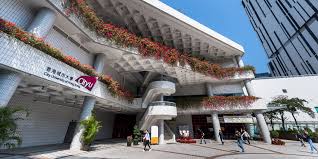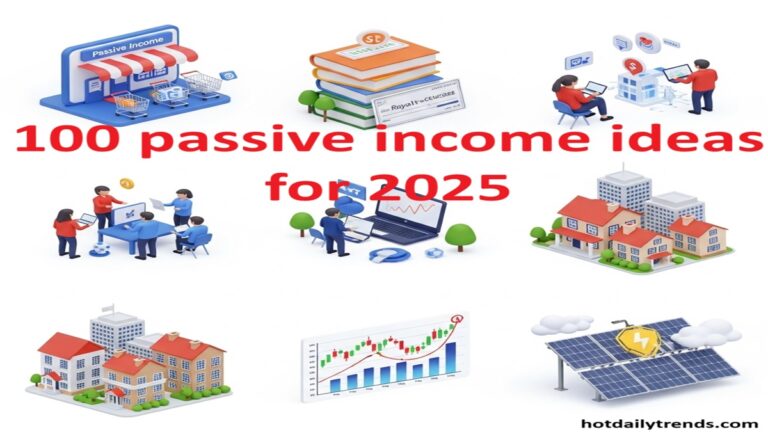
Job description
Bridging the gap in society, caused by low literacy, using the digital library of the future.
2 year fully funded EngD position with the HSI (Designing Human-System Interaction) Program.
The Department of Industrial Design of the TU/e is offering a fully-funded 2-year position to master graduates leading to the award of an EngD (Engineering Doctorate) degree in Designing Human-System Interaction.
The project
Eindhoven Engine is an innovation accelerator founded by TU/e, Fontys and TNO, in co operation with the Industry. It accelerates innovation in the Brainport region to provide new and timely technology-based solutions as an answer to the societal challenges our generation and environment is facing.
For this, capabilities and positions available at science, technology and business-oriented partners provide a human capital and knowledge basis. However, it is envisaged that this potential can be unleashed up to yet another level when organizational barriers are lowered, and interpersonal exchange and combination of ideas and skills are actively stimulated. Inspiring and challenging ‘moon-shot’ goals with associated deadlines are essential, as well as dedicated selection and coaching of team members, collaborating in an inspiring work and meeting space which stimulates and facilitates the joint execution of their innovation projects. This is where business model innovation comes alive.
In cooperation with a few project partners, Eindhoven Engine has decided to contribute to a deeper understanding and the design of a few meaningful interventions, addressing the huge societal challenge of non-inclusiveness. In particular, while the Brainport Region is a highly intellectual region, at the same time 15% of the population is low literate, which excludes them from part of the possibilities available in the Region. With that purpose in mind, Eindhoven Engine will bring together an ecosystem of students, researchers, start-ups and corporates to co-create, in an open innovation mindset, meaningful technology-based solutions with a strong human dimension.
The Library itself has done a design oriented investigation to identify the problem and published its results. This report contains valuable suggestions. What we need now is a creative, innovative and open minded EngD candidate who can take responsibility for steering the ecosystem and leading the design of the possible solutions, for instance with student teams. No roads are impossible, as long as the impact is clear and it contributes to a solution of a real problem. Serious attention needs to be given to understanding the problem, before jumping into solution mode. Eindhoven Engine supports this candidate with a methodology (based on design thinking and systems thinking) and with coaching and mentorship by its own staff.
Context
The Eindhoven Library, together with 8 other libraries in the Brainport Region, is researching and building the library of the future. In that project, one of the main missions of the library is to make ‘lifelong learning and development’ accessible to everyone. Looking forward, we want to lower the threshold to ‘lifelong learning and development’ for everyone, which is why (after an intense period of research) we designed the virtual library concept. This means an interactive, online environment where users can both search for information and provide information themselves. One could think of knowledge communities, hybrid programming, online workshops and training courses, and digital book advice. In this, the library brings together knowledge questions and answers in the role of knowledge broker.
The challenge
Based on Design Thinking, we are building this library of the future together with current and future users. That is why it is important to get to know the different target groups well and to be able to visualize them. The 20% of the population that is currently not keeping up with society, due to various challenges such as low literacy, digitization, etc., is an important group in this regard. As a reliable partner in society, the library sees an important role in meeting this target group with a suitable offer developing the individual’s self-reliance, a collective ‘self-reliance’, and its self-development aspirations.
This group of the population is not known enough to be able to make that suitable offer, whether or not within the virtual library location. During this project, this target group needs to be mapped further in order to simultaneously build, in co-creation with them, the library of the future that meets their needs.
Goals
Goal 1: Getting to know the target group, mapping out their challenges in life and their needs for lifelong learning and development.
Goal 2: In co-creation with them, design an accessible offer around future-proof access to ‘lifelong learning and development’, whether or not within the virtual library environment.
Goal 3: Facilitate community building within the library of the future, both offline and online, and mutually leveraging both.
Goal 4: Facilitate increasing self-reliance, individual and collective, and self-development among this target group.
Candidates should have a background in an area related to interaction design (e.g., industrial design, software engineering, human computer interaction, design for business innovation). They need to be creative, entrepreneurial and to have an innovative mind. Candidates will be embedded in a multi-disciplinary team consisting of computer scientists, industrial designers, and business entrepreneurs.
HSI Program
The mission of the HSI program is to train professionals who already have a Master’s degree in design or engineering to develop competences in designing and evaluating interactive intelligent and innovative systems, services, and products. The goal is to ensure positive user experiences that support their values and needs. The HSI program is based on design thinking and system thinking, as well as scientifically founded and methodologically sound user-centered and data-driven approaches, paying special attention to the frontier of the complex systems enabled by artificial intelligence and other emerging technologies and its impact on individuals, organizations and society.
In the HSI program, candidates are positioned as designers throughout the program, as the intermediate between market demands and technical possibilities, between user needs and product satisfaction; candidates work on design cases and projects for research, industry, or government supervised by university staff and the host organization; Candidates work on assignments and case studies throughout the program; Candidates with backgrounds in the engineering, behavioral and physical sciences work in small interdisciplinary teams, together with other EngD, PhD, and Master students with different national and cultural backgrounds;
The structure of the program is attached. The design project stretches over two years with a total of 10 to 12 month of effort. The courses are offered once a year and the candidate may decide to take a course during either the first year or the second. Elective courses can be adjusted or replaced if needed. Design cases are one to three month long smaller design or research projects in the context of the research groups. For each individual candidate a Training and Supervision plan of courses, design cases and projects will be developed and followed according to the background of the candidate and the needs from the industry and business.
Career perspective
Examples of positions held by HSI graduates are data designer, ai-system designer, interaction designer, usability engineer, user experience designer, human factor engineer, information architect, manager in innovative businesses, and team leader of these roles.
Job requirements
The HSI program is for people who
- are passionate in designing with AI and data, with a focus on business model innovation,
- wish to improve the interaction between people and systems,
- wish to make technology truly accessible and beneficial,
- are interested in technological development and its impact on people,
- like to lead and work in multidisciplinary teams in an international context,
- like to be at the forefront of enabling technologies and want to exploit those technologies from the perspective of end-users, stakeholders, and business,
- are challenged by societal impact, engineering problems and real-world constraints.
Eligible candidates shall have a relevant Master degree with a keen interest in human-machine interaction, the use of exponential technology for impact, and business innovation. Practical experience is an asset. We require that trainees in our program have excellent social and communicative competencies, including sufficient proficiency in reading, writing, speaking and comprehension of English.
Conditions of employment
We offer a fixed-term, 2 year position in a research group with an excellent reputation. Salary and benefits are in accordance with the Collective Labour Agreement for Dutch Universities, including:
- a gross monthly salary of € 2089,
- additionally, 8% holiday and 8.3% end-of-year annual supplements,
- a minimum of 41 holidays per year (excluding bank holidays, for a full-time employment of 40 hrs/week),
- additional benefits, including excellent technical infrastructure, child care, holiday savings schemes, and sports facilities.
Assistance for finding accommodation is offered.
Information and application
For information about terms of employment, click here or contact HR Services, HRServices[at]tue.nl.
Please visit www.tue.nl/jobs and www.tue.nl/en/education/graduate-school/ to find out more about working at TU/e!
We invite you to submit a complete application by using the ‘apply now’-button on this page.
The application should include:
- a well-motivated application,
- an extensive curriculum vitae,
- translated certificates certified by your University,
- certified lists of marks,
- two letters of recommendation,
- a copy of the passport,
- a passport photograph,
- the address of the website of the university and department where they received their certificate,
- the results of your IELTS test, or other equivalent evidence of English level. See https://www.tue.nl/en/education/become-a-tue-student/admission-and-enrollment/language-proficiency-requirements/ for more information.
Candidates will be selected based on graduation mark and proficiency at university including consideration of the reputation of the university, relevant experience and skills, writing skills and publications, work experience as well as performance in relevant modeling exercises and interviews.
EngD Program Designing Human-System Interaction
Department of Industrial Design
Eindhoven University of Technology





